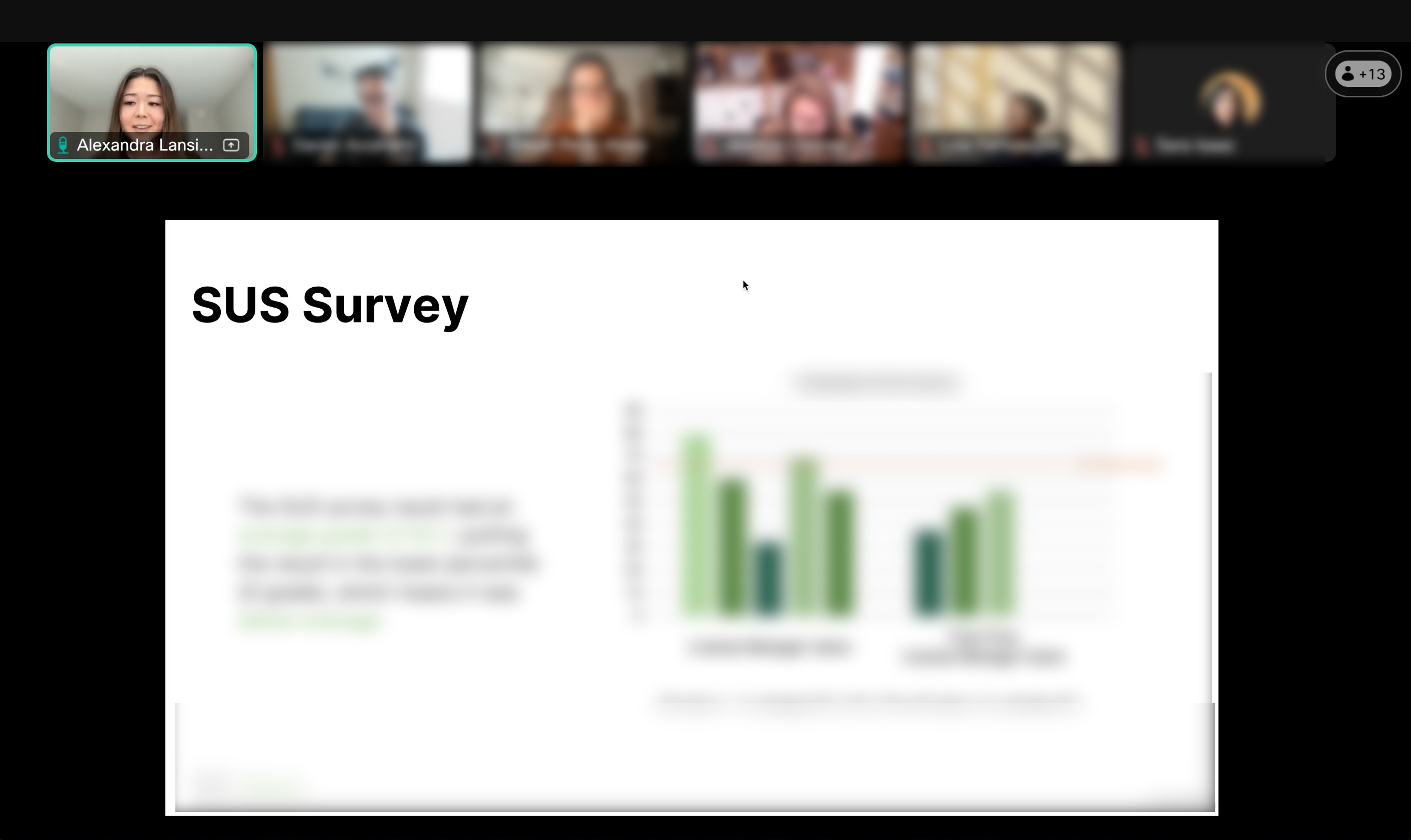The Challenge
Low Adoption and Limited Insight
A key Cisco licensing platform faced low adoption and limited knowledge of its current user experience. The platform lacked a cohesive vision, making this both a challenge and an opportunity for research.
Why it Mattered
• Low adoption was impacting critical business metrics.
• Frustrated customers were turning to alterative solutions.
• Leadership recognized the need for a user-centered approach to improve the platform experience.














